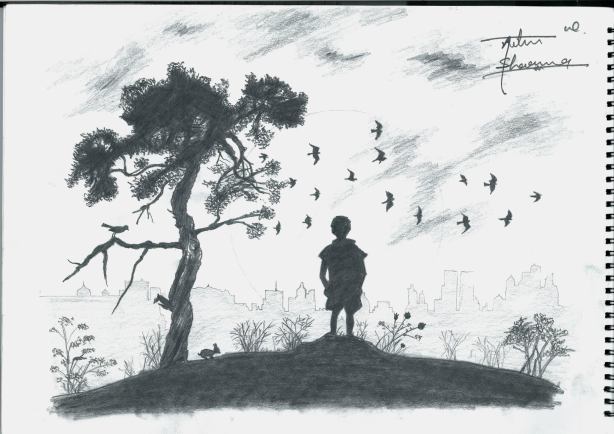This is how it works. Well Known Company makes shiny, pretty things in India or China. The Observer reports that the people making the shiny, pretty things are being paid buttons and, what’s more, have been using children’s nimble little fingers to put them together.
In the last few years, companies have got smarter. It is rare now to find children in the top level of the supply chain, because the brands know this is PR suicide. But the wages still stink, the hours are still brutal, and the children are still there, stitching away in the backstreets of the slums.
Take a look through some of the doorways. See the children stitching the fine embroidery and beading? Now take a stroll through your favorite mall and have a look at the shelves. Recognize some of that handiwork? You should.

Suppliers now subcontract work out from the main factory, maybe more than once. The work is done out of sight, the pieces sent back to the main factory to be finished and labelled. And when the auditors come round the factory, they can say that there were no children and all was well. Because audits are part of the act. Often it is as simple as two sets of books, one for the brand, one for themselves. The brand’s books say everyone works eight hours a day with a lunch break. The real books show the profits from 16-hour days and no days off all month.
I want to know I’m not wearing something stitched by kids kept locked in backstreet godowns, never seeing the light of day, never getting a penny. I want to feel clean. And I want the big brands and the supermarkets to help me feel clean.
I want people to say to them, “You deceived us. You told us you were ethical. We want you to change. We want you to police your supply chain as if you care. Name your suppliers. Open them to independent inspection. We want to trust you again, we really do, because we love your products. Know what? We don’t mind paying a few pennies more if you promise to chip in too.”
And here’s the best part: I think they would sell more. I think consumers would be happier and workers would be happier. And if I can spend less time trawling through fetid backstreets looking for the truth, I’ll be happier.

